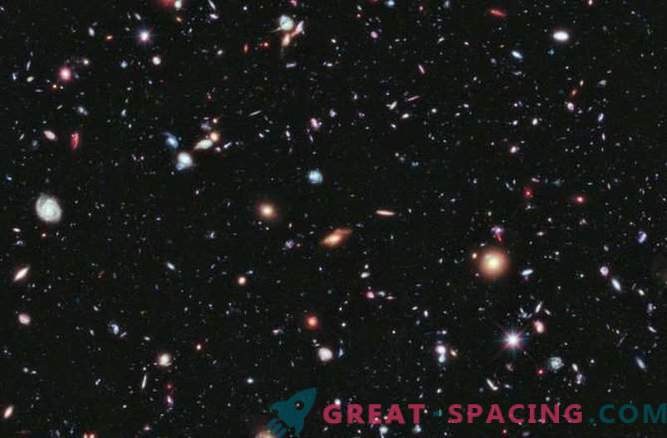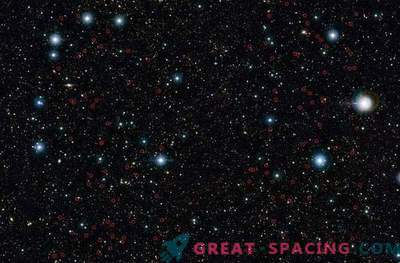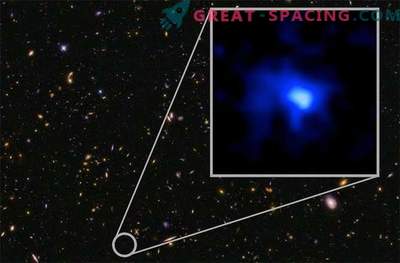
A study of more than 200,000 galaxies spanning the wavelengths of light from the far ultraviolet to infrared, shows that the Universe produces twice less energy than 2 billion years ago and continues to fade. Astronomer Mehmet Alpaslan, who works at NASA Ames Research Center in Mountain View, California, said that “new galaxies now release less energy than galaxies in the past.” Old stars go out faster than new stars form, and this trend will make the Universe a colder and more lonely place over time. According to him, at some point, all matter will eventually disappear. Now we are seeing how the light is slowly fading away. It will take hundreds of trillions of years to make the Universe disappear altogether.
The study, published Monday at the International Conference of the Astronomical Union in Hawaii, announced the data of a completed seven-year experience at the international level. The purpose of the study was to measure distances and energy output of more than 200,000 galaxies.
Seven observatories have contributed to this discovery. Many of the data came to NASA through the work of the Explorer Space Telescopes (GALEX) and the European Space Agency with its Herschel Space Telescope.
“Gama" is the first study of a large number of galaxies and their energy output maps in the range where most of the energy comes out - said a leading specialist of the University of Western Australia, in his letter to the Discovery news channel. Scientists have known that since the late 1990s, the Universe slowly fading away, but Gama's research also revealed new data, which was the first to allow measurements of galaxy radiation across the entire spectrum, measured at 21 wavelengths, ranging from ultraviolet radiation to far infrared red. With a uniform set of data, scientists were able to greatly simplify the research process and thus fully understand what is going on in the galaxy. The decrease in the energy output of galaxies coincides with the situation in the Universe. Growth rates of extinction are constantly increasing, and all this is due to the mysterious anti-gravity called dark energy.
Now astronomers plan to use Gama data for a variety of studies. For example, those that allow to understand how different types of stars are formed and developed in different types of the Universe; how galaxies merge; how these mergers affect the evolution of galaxies. Scientists say that now they are dealing with more complete data in this area, and therefore the analysis can also be more complete and correct. The research work of the Gama team was presented for publication in the monthly journals of the Royal Astronomical Society. Naturally, the interest in them from the scientific world was simply enormous.











































